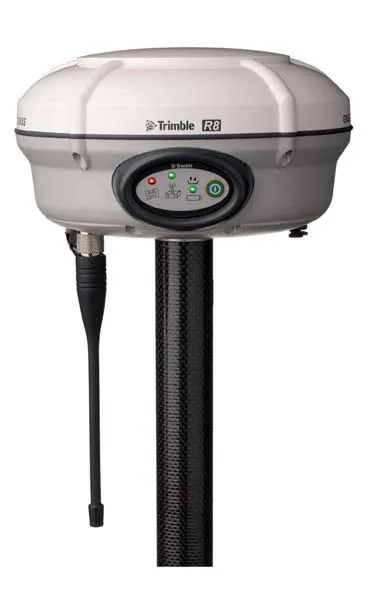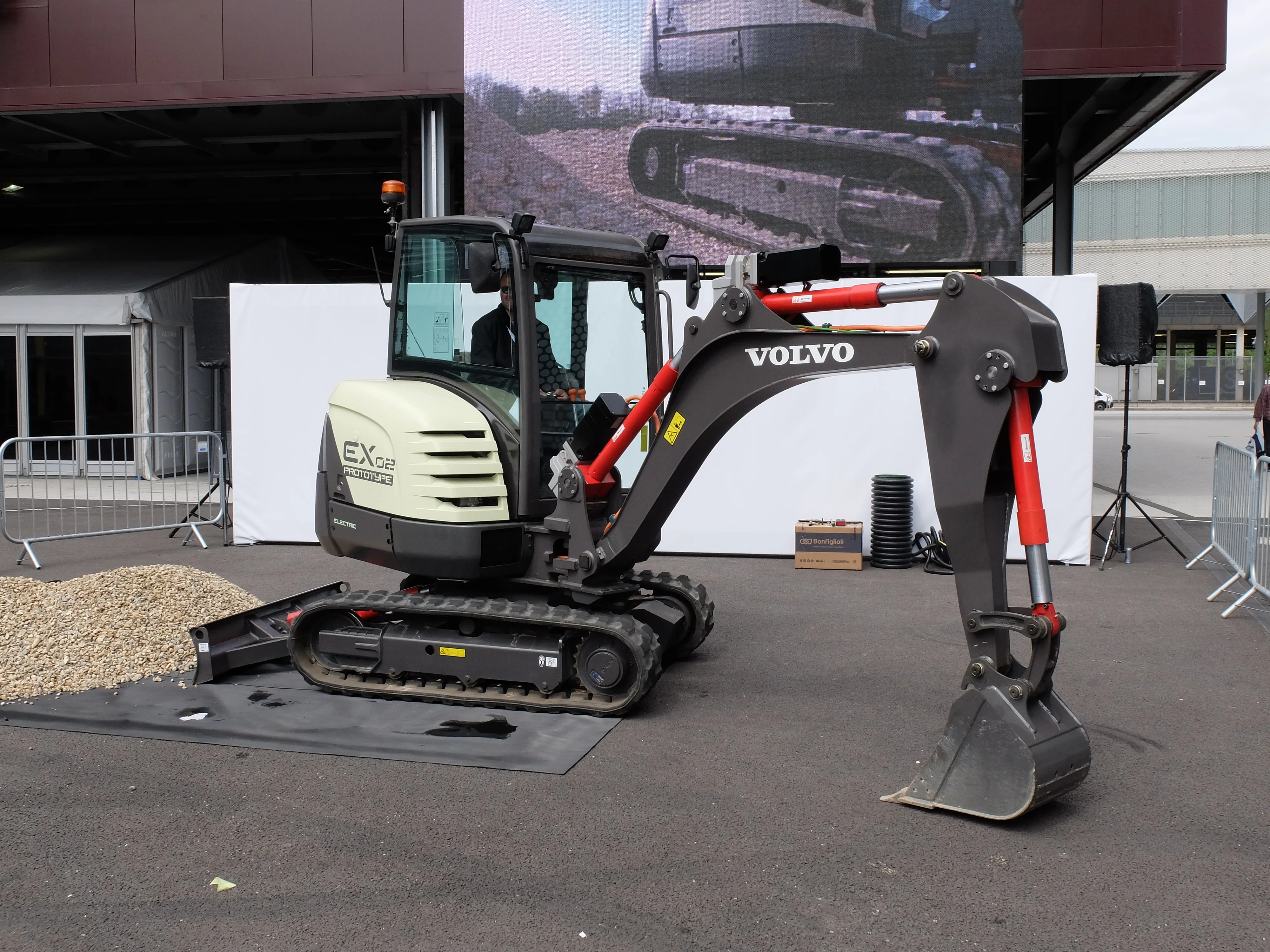The Software specialist Autodesk is broadening its range of capabilities with the acquisition of the Sam and AutoTrack software. These technology assets have been bought from the UK-based companies, Bestech Systems and Savoy Computing. The aim of this move is to increase the company’s offering for the building information modelling (BIM) concept in infrastructure. The Sam suite of software modules being bought from Bestech Systems, cover loading, analysis and design of small – medium span bridges. Meanwhile
August 20, 2013
Read time: 2 mins
The Software specialist 685 Autodesk is broadening its range of capabilities with the acquisition of the Sam and AutoTrack software. These technology assets have been bought from the UK-based companies, Bestech Systems and 2902 Savoy Computing. The aim of this move is to increase the company’s offering for the building information modelling (BIM) concept in infrastructure. The Sam suite of software modules being bought from Bestech Systems, cover loading, analysis and design of small – medium span bridges. Meanwhile the AutoTrack software suite from Savoy Computing suits vehicle swept path analysis and the design of parking areas and roundabouts.
The size of the deal has not been disclosed but while Autodesk integrates the Sam and AutoTrack technology into its portfolio, the current products will remain available to new customers. Existing customers will continue to be supported by Bestech Systems and Savoy Computing Services. “Through these acquisitions, Autodesk is now positioned to offer a much more comprehensive portfolio of infrastructure software that will accelerate the adoption of BIM in transportation design,” said Amar Hanspal, Autodesk senior vice president of Information Modelling and Platform Products. “The addition of Sam and AutoTrack to Autodesk will also advance road and bridge workflows with model-based design and analysis software.”
The size of the deal has not been disclosed but while Autodesk integrates the Sam and AutoTrack technology into its portfolio, the current products will remain available to new customers. Existing customers will continue to be supported by Bestech Systems and Savoy Computing Services. “Through these acquisitions, Autodesk is now positioned to offer a much more comprehensive portfolio of infrastructure software that will accelerate the adoption of BIM in transportation design,” said Amar Hanspal, Autodesk senior vice president of Information Modelling and Platform Products. “The addition of Sam and AutoTrack to Autodesk will also advance road and bridge workflows with model-based design and analysis software.”








